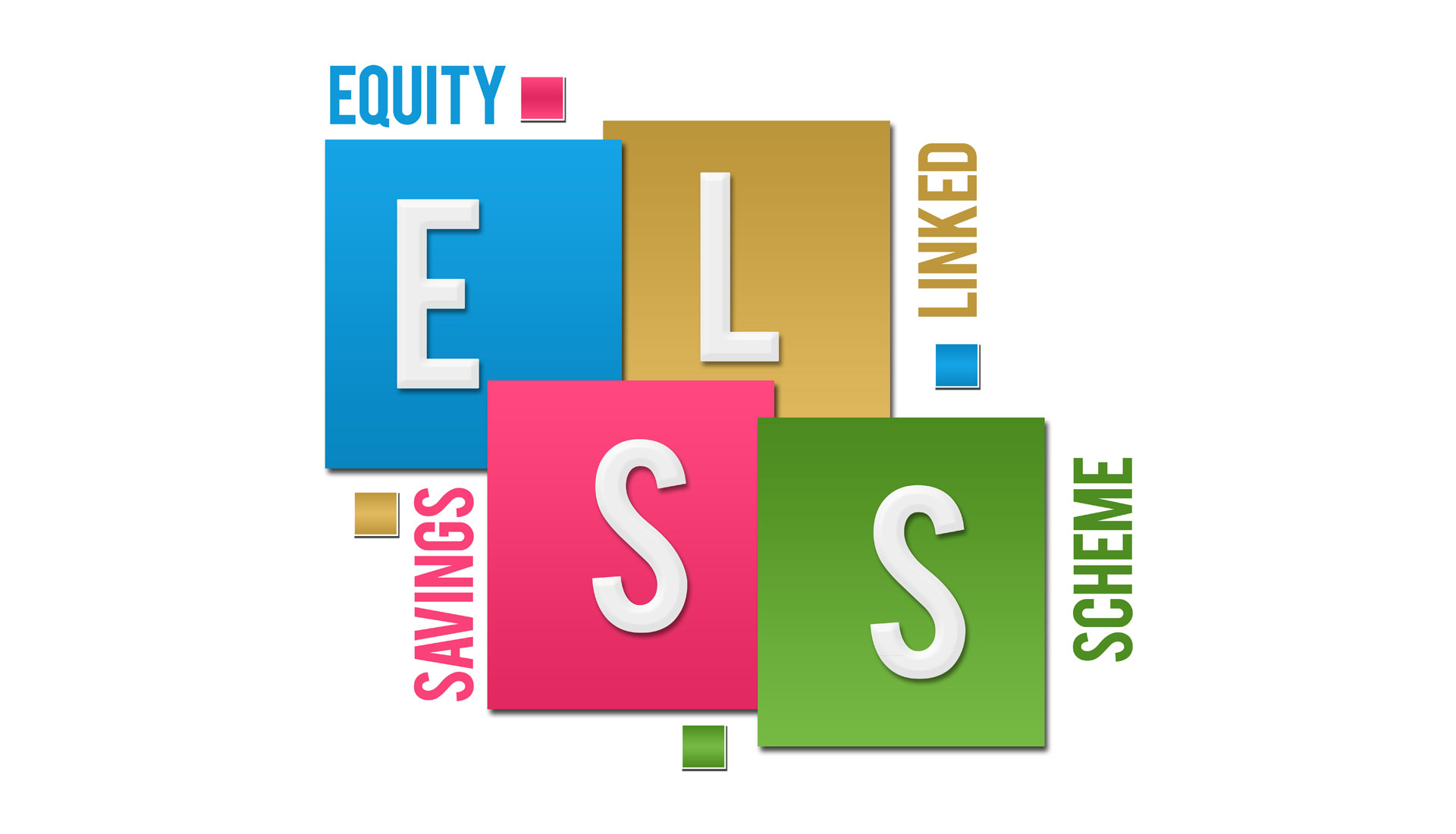The Benefits of Design Thinking
Design thinking is a problem-solving methodology that has gained significant popularity in recent years. It is a human-centered approach that emphasizes empathy, collaboration, and experimentation to tackle complex problems. In this article, we will explore the numerous benefits of design thinking and how it can revolutionize problem-solving processes.
Enhanced User Experience
One of the key benefits of design thinking is its focus on understanding the needs and desires of the end-users. By empathizing with users, designers can gain valuable insights into their preferences, pain points, and motivations. This deep understanding allows for the creation of products and services that truly resonate with the target audience, resulting in an enhanced user experience.
Innovation and Creativity
Design thinking encourages a mindset of innovation and creativity. By approaching problems from a fresh perspective, designers can break free from traditional thinking patterns and explore new possibilities. This mindset shift often leads to the development of innovative solutions that can disrupt industries and create new growth opportunities.
Effective Problem Solving
Design thinking provides a structured framework for problem-solving. It involves defining the problem, conducting research, generating ideas, prototyping, and testing. This iterative process allows for continuous improvement and refinement of solutions. By involving cross-functional teams in the problem-solving process, design thinking promotes collaboration and diverse perspectives, leading to more effective and holistic solutions.
Increased Customer Satisfaction
Design thinking places a strong emphasis on understanding and addressing customer needs. By actively involving customers in the design process through techniques like user testing and co-creation, designers can ensure that the final product or service meets their expectations. This customer-centric approach ultimately leads to increased customer satisfaction and loyalty.
Reduced Risk
Design thinking encourages a fail-fast, learn-fast approach. By rapidly prototyping and testing ideas, designers can identify potential flaws and areas for improvement early in the process. This iterative approach helps mitigate risks associated with launching a product or service that does not meet customer needs or market demands.
Improved Decision Making
Design thinking promotes data-driven decision making decision-making user research, and designers gather valuable insights that inform the decision-making process. This evidence-based approach reduces reliance on assumptions and biases, leading to more informed and effective decision making decision-making design thinking
Design thinking offers a multitude of benefits that can transform problem-solving processes and drive innovation. By prioritizing user needs, fostering creativity, and promoting collaboration, design thinking can lead to enhanced user experiences, increased customer satisfaction, and reduced risks. Embracing design thinking principles can unlock new opportunities and help organizations stay ahead in today’s rapidly evolving business landscape.
Frequently Asked Questions
1. What is design thinking?
Design thinking is a problem-solving approach that focuses on understanding users’ needs, exploring innovative solutions, and creating user-centric products or services.
2. How can design thinking benefit businesses?
Design thinking can benefit businesses by fostering creativity, improving customer satisfaction, encouraging collaboration, and driving innovation.
3. Does design thinking only apply to product design?
No, design thinking can be applied to various industries and domains, including service design, organizational design, and even social innovation.
4. How does design thinking contribute to innovation?
Design thinking promotes a human-centered approach that involves empathy, ideation, prototyping, and testing. This iterative process leads to innovative solutions and breakthrough ideas.
5. Can design thinking help in solving complex problems?
Yes, design thinking provides a structured framework for tackling complex problems by breaking them down into smaller, manageable parts and encouraging creative problem-solving approaches.
6. What are the advantages of using design thinking in project management?
Design thinking in project management can enhance team collaboration, reduce risks, increase stakeholder engagement, and deliver better project outcomes by focusing on user needs and expectations.
7. How does design thinking impact user experience?
Design thinking places users at the center of the design process, ensuring that their needs, desires, and pain points are thoroughly understood and addressed. This results in improved user experience and satisfaction.
8. Can design thinking be learned and applied by anyone?
Yes, design thinking is a learnable skill that can be applied by anyone, regardless of their background or expertise. It requires a mindset shift and the willingness to embrace a user-centric approach.
9. What are some real-world examples of successful design thinking implementation?
Successful design thinking implementation can be seen in companies like Apple, Airbnb, and IDEO, who have used this approach to create innovative and user-friendly products and services.
10. How can design thinking help in fostering a culture of innovation?
Design thinking encourages a culture of experimentation, collaboration, and continuous improvement. By embracing this mindset, organizations can foster innovation at all levels and empower their employees to think creatively.




